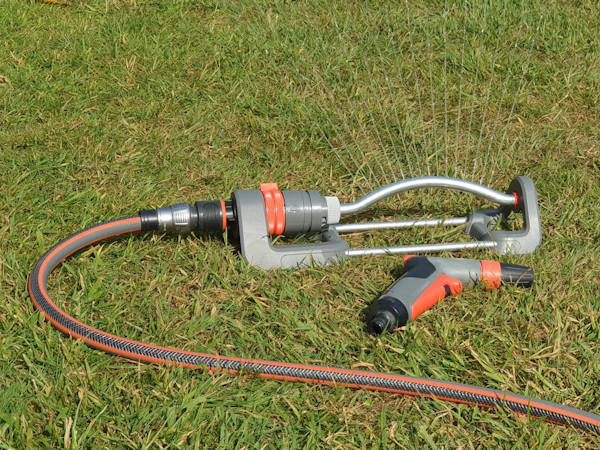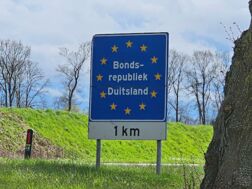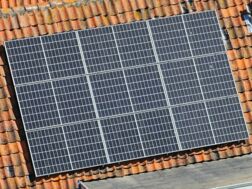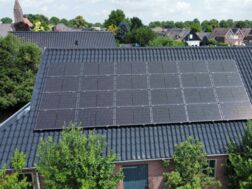According to the Drought Monitor of the National Coordination Committee for Water Distribution (LCW), there has been an apparent precipitation deficit since the beginning of June. The precipitation deficit in the Netherlands has reached a new high, with a national average of 133 millimetres. This is significantly above the median, indicating an arid year. The precipitation deficit is already at the level of the 5% driest years, a clear signal of the severity of the country's current drought. Furthermore, the situation in the Netherlands is currently classified as "persistent drought". The drought monitor is published every fortnight by the LCW and gives a picture of rainfall, evaporation, groundwater levels, river discharge and the amount of water in the soil.
A recent article in the NRC highlights that the Netherlands has received hardly any rain for almost a month, a situation that is due to a persistent high-pressure area over the country. Although such prolonged dry spells are not uncommon - KNMI has recorded the most extended series of dry days in the Netherlands every year since 1906 - KNMI climate researcher Frank Selten points out that these series are getting longer on average.
The consequences of a prolonged period of low precipitation can vary. For example, it can affect nature, agriculture and drinking water supplies. For instance, if there are several consecutive years of drought, certain trees, such as beech, may die. Besides nature, farmers are also affected by the lack of rainfall.
However, whether days without precipitation lead to water shortages also depends on other factors, such as the amount of sunshine, wind and humidity. Currently, there is a lot of sun, wind and low humidity in the Netherlands, dries out the soil's top layer. However, there is currently no water shortage due to a wet spring. Whether that will be the case in summer is still unknown.
The reason why there is sometimes so little rain in the Netherlands usually depends on the location of the jet stream - westerly winds that circle the earth at high speed. When the jet stream shifts northwards, the associated high-pressure area moves towards the Netherlands and can linger there for an extended period. It is unclear how long the current high-pressure location will remain over the Netherlands. However, most climate models do indicate that the weather in the Netherlands will be influenced more often by high-pressure areas in the future as the earth continues to warm.





